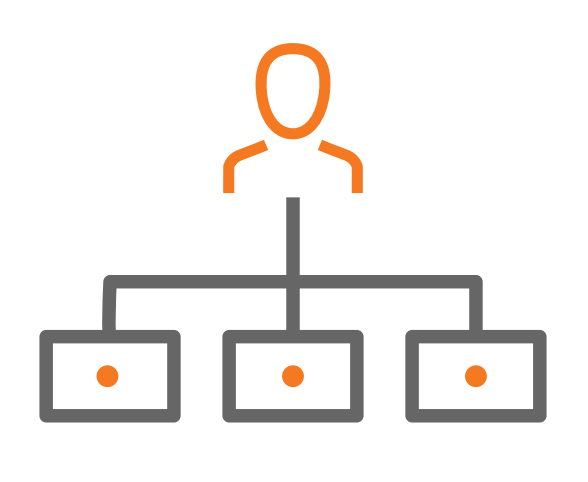Capabilities
Title | Summary |
|---|---|
| Self-Service | Callers who can interact with Menus, enter DTMF, talk to the IVR, get connected |
| Routing Table | All routing is performed by AMP and resides in a table including Menus, Time / Holiday Schedules, Generic / Open / Closed Greetings, QCB, PCS, transfer to HPBX From initial platform to final destination transfer Use when Customer has large volume of inbound DIDs |
Inbound Geo Routing Any logical Routing | Caller enters a zip code ANI / Caller ID based routing |
| Table lookups | AMP has tables that can hold data Calls can be compared against data |
Menus | Similar to Auto Attendant |
Authentication | Callers can be asked to enter a PIN before proceeding |
| Voice Recognition | Callers can talk to the IVR |
| Text to Speech | |
| Integration | |
Consume API | Use Customer-provided APIs to lookup and typical take an action GET or POST Use when customer has data resident in their cloud or wants to keep control of the data compared to a Table |
| Publish API | AMP-provided custom API for a Customer to consume |
| Other | |
| Agent Screen Pop | Track inbound calls, collect DTMF entries like Zip Code When Agents answer calls they will get a screen pop with AMP data Requires Unity Agent or Broadworks Web Agent |
| Trunk Group Users | How AMP and Broadworks HPBX transfer calls |
| Outbound call screening | Customers develop a set of rules and provide a list of DIDs, time schedule, destination area codes, similar Similar to a DNC list |
SMS
| |
Reporting | Standard CDR reporting Report on anything within the IVR CSV file Delivered via email or FTP |
